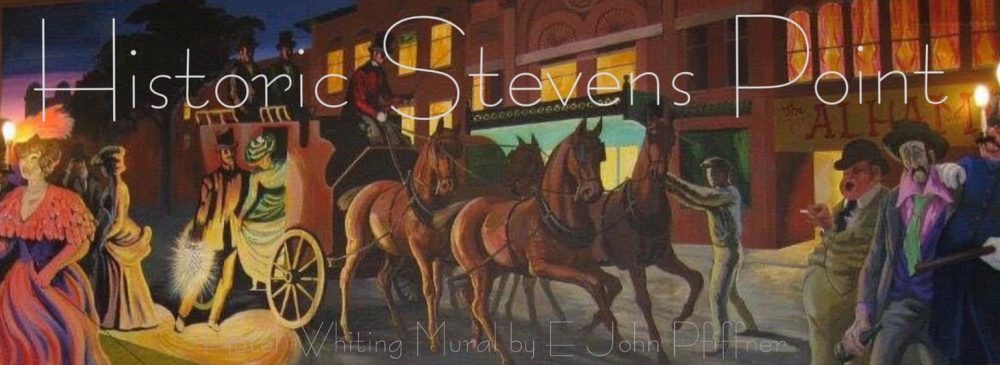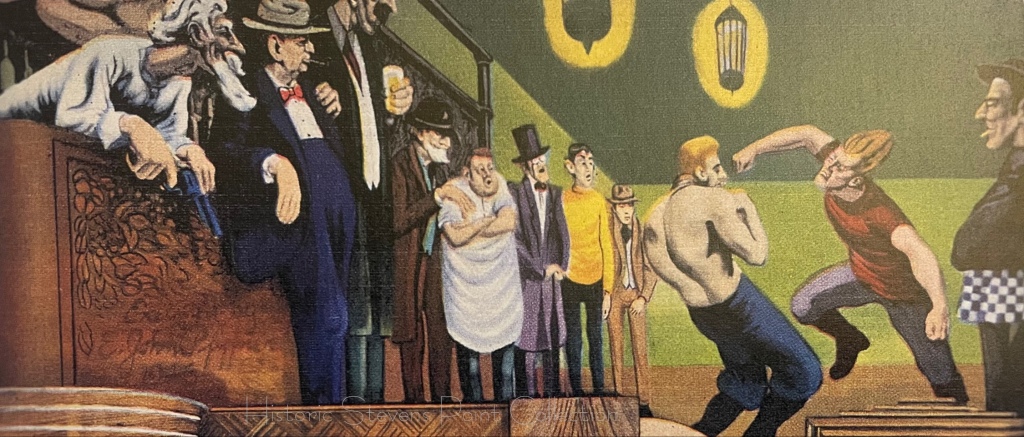Bad Behavior & Burials
Note that this work is incomplete.The timelines we write are meant to be fluid and changing. That is one of the reasons they are described as abridged. Not only do we not include all the details in them, but there is always more to find, and always more to write. Overtime more sources are found, more stories are heard, and more tips are followed until a full article is ready to be written.
It has indeed been a moment since we had a chance to check in with Mr. Kobella, but it is quite apparent things aren’t going all that well for the Kobella family by this point. They had lost their only daughter, Augusta had been in and out of the asylum, Charles had been declared an alcoholic and insane, and the Polski Hotel still lacked a license!

1912 City Directory, Kobella, Chas, bicycle shop, 245 N Second Street, res same; Kobella John, apprentice, res 245 N Second Street
Feb 1912 License requested for the Kobella Building by Carl Hansen and James Leonard, Mayor Walters said, “that he would not allow a saloon in that building, the Kobella building, which has given the police and the mayor so much trouble, so long as he was mayor…”

Mar 1912, Augusta Kobella taken back to asylum by a “lady attendant.” She “had been out on parole for several months.”
April 1912 Augusta Kobella recommitted “and later sent to Weyauwega, having been judged incurable.” It isn’t clear from what dear Augusta was not curable, earlier there are mentions of epilepsy, but nothing has been verified.


Sept 11, 1913, The Last Known Raid: Kobella Hotel, Notorious Resort is Raided Again! Four arrested. Mrs. Mary Cychosz, Mrs Georgia Halverson, Miss RA Burns who claimed to be from Marquette, Michigan., and Mr. Glen Sawyer of Fond du Lac. Cychosz paid fine of $54.59 for selling liquor without a license and “was given a sharp lecture in which she was warned that if ever charged with the same offense that she would get a state prison sentence as well as a fine.” Mary Cychosz was married to John Cychosz, presumably who Kobella ran his bike shop with in 1900. They were reported to be living on Portage Street in 1915.

Nov 1913 Kobella and Mattice have a vicious argument, enough so that Kobella took him to court and had him charged with abusive language.

Feb 17, 1914 Mrs. Kobella Dead! Local lady passes away at Weyauwega Asylum, Augusta was brought home to Stevens Point and buried in St Peters Cemetery

CHARLES KOBELLA DEAD!
April 4, 1914, Charles Kobella dies at 58 years old, “death was the result of liver trouble and general physical breakdown,” ending the

Joe Mattice ended up blacklisted, drunk, and destitute or “Posted, Pickled, and Pinched,” as a headline said. By 1916 he had been arrested numerous times for a variety of offenses in the five years since his wife had died. Their only daughter, Florence, was adopted by his sister around 1917 after he began to neglect her. He remarried in 1921 and had two more children. He died in 1927 of what was likely congestive heart failure at the Soldier’s Home in Milwaukee but was brought home to be buried at St. Peter’s. He was 46 years old. Florence, later married and began a life of her own, far away from her grandfather’s notorious house of ill repute.

Is there more to the story? Absolutely! As mentioned, our timelines are fluid and ever changing. We want to note that we never found any hard connections to prove that the establishment was ever run as a true brothel like the over 100 years of rumors suggest. There are a few sources that have not been fully researched as of yet (Like The Wendell Nelson Papers), but none of the newspaper articles regarding any one associated with the Kobellas mentioned any of the usual names used in the media to describe “houses of ill repute.”
We’ll let you know if we make any significant discoveries about our friend, Mr. Kobella or dear Augusta. But for the moment, here ends our timeline of the infamous times and trials of T Charles Kobella and his Polski Hotel.
However, this isn’t the end of the story of the building itself. Where there are endings, there are often new beginnings, as there was with the property on N Seconds Street…

March 1916, Emil Belke starts making plans to build a new wood working factory at 247 N Second Street

Watch for the next installment, “Belke & the Building“
Coming Soon




















